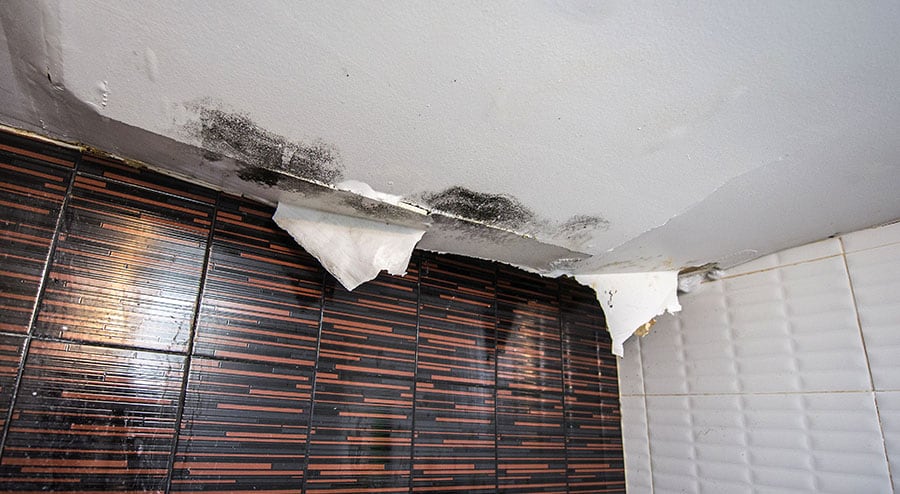Do's & Don'ts of Water Restoration.
Do's & Don'ts of Water Restoration.
Blog Article
Right here down the page you will discover a bunch of helpful tips related to Reducing Your Risk Of Water And Fire Damage At Home.

Water offers life, but water invasion on some components where it's not meant to be can cause damages and hassle. If the water leaks into your structure, it can peel away the surface area as well as erode the material's foundation. Mold and mildew and also mold likewise prosper in a moist atmosphere, which can be harmful for your and your family members's health and wellness. Furthermore, houses with water damage smell old and musty.
Water can come from several sources like typhoons, floodings, burst pipelines, leaks, as well as sewer problems. It's far better to have a working understanding of safety and security precautions if you have water damage. Below are a couple of guidelines on just how to deal with water damage.
Do Prioritize Home Insurance Policy Coverage
Seasonal water damage can originate from floods, seasonal rainfalls, as well as wind. There is also an incident of an abrupt flooding, whether it came from a malfunctioning pipe that all of a sudden ruptures right into your home. To protect your residence, copyright insurance coverage that covers both acts of God such as natural disasters, and emergency situations like busted plumbing.
Do Not Fail To Remember to Shut Off Utilities
When disaster strikes and also you're in a flood-prone location, switch off the major electric circuit. Shutting off the power prevents
When water comes in as water offers as a conductor, electrical shocks. Do not fail to remember to shut off the major water line valve as a means to avoid even more damage.
If the floodwaters are getting high, keep your furniture secure as they can move around as well as create added damage.
Do Stay Proactive and Heed Weather Condition Alerts
If you live in an area afflicted by floods, stay proactive as well as prepared at all times. Pay attention to the news as well as emptying warnings if you live near a body of water like a creek, lake, or river .
Do Not Ignore the Roof
Your roofing professional needs to take treatment of the defective rain gutters or any other indicators of damage or weakening. An assessment will certainly stop water from flowing down your wall surfaces as well as soaking your ceiling.
Do Focus On Small Leaks
There are red flags that can attract your focus and also indicate to you some damaged pipes in your residence. Indications of red flags in your pipes consist of gurgling paint, peeling wallpaper, water streaks, water discolorations, or dripping audios behind the walls. Fixing as well as evaluate your plumbing fixed before it results in large damages to your residence, finances, and also a personal problem.
Don't Panic in Case of a Burst Pipe
Timing is essential when it comes to water damage. If a pipeline bursts in your house, quickly closed off your primary water valve to reduce off the source as well as avoid even more damage. Call a reputable water damage remediation specialist for help.
Water offers life, but water intrusion on some parts where it's not intended to be can result in damages and aggravation. In addition, residences with water damage odor musty and also old.
Seasonal water damage can come from floodings, seasonal rains, and wind. Signs of red flags in your pipes include bubbling paint, peeling off wallpaper, water streaks, water stains, or trickling sounds behind the wall surfaces. If a pipeline ruptureds in your residence, quickly shut off your main water shutoff to reduce off the source and also stop even more damages.
Some Do's & Don't When Dealing with a Water Damage
DO:
Make sure the water source has been eliminated. Contact a plumber if needed. Turn off circuit breakers supplying electricity to wet areas and unplug any electronics that are on wet carpet or surfaces Remove small furniture items Remove as much excess water as possible by mopping or blotting; Use WHITE towels to blot wet carpeting Wipe water from wooden furniture after removing anything on it Remove and prop up wet upholstery cushions for even drying (check for any bleeding) Pin up curtains or furniture skirts if needed Place aluminum foil, saucers or wood blocks between furniture legs and wet carpet Turn on air conditioning for maximum drying in winter and open windows in the summer Open any drawers and cabinets affected for complete drying but do not force them open Remove any valuable art objects or paintings to a safe, dry place Open any suitcases or luggage that may have been affected to dry, preferably in sunlight Hang any fur or leather goods to dry at room temperature Punch small holes in sagging ceilings to relieve trapped water (don't forget to place pans beneath!); however, if the ceiling is sagging extremely low, stay out of the room and we'll take care of it DO NOT:
Leave wet fabrics in place; dry them as soon as possible Leave books, magazines or any other colored items on wet carpets or floor Use your household vacuum to remove water Use TV's or other electronics/appliances while standing on wet carpets or floors; especially not on wet concrete floors Turn on ceiling fixtures if the ceiling is wet Turn your heat up, unless instructed otherwise

I ran across that blog entry about Keeping Your Home Safe This Holiday Season when doing a lookup on the web. Feel free to take the time to distribute this write-up if you enjoyed reading it. Thank you for your time spent reading it.
Report this page